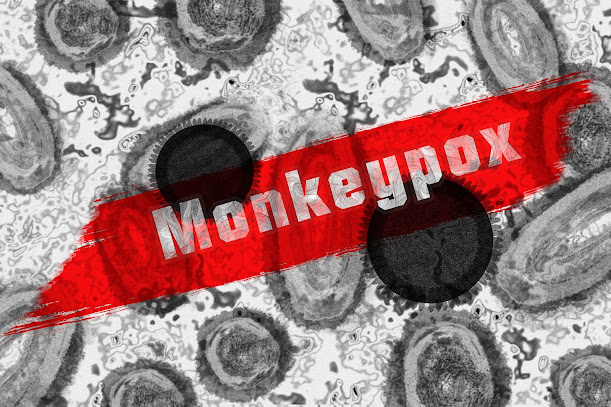Brain Damage from Acute Carbon Monoxide Poisoning and Mild Hypothermia Neuroprotection.
Brain Damage from Acute Carbon Monoxide Poisoning and Mild Hypothermia Neuroprotection.
Carbon monoxide (CO) poisoning can devastate the brain and nervous system. This research aimed to assess the long-term outlook for patients who had suffered carbon monoxide poisoning. There were no reliable diagnostic tools and no effective therapy options. Neurological function, illness severity, cerebral oxygenation (O2UCc)bispectral index (BIS) score, and neuron-specific enolase (NSE) concentration changes were analyzed to determine the clinical significance of these potential indicators and the neuroprotective effect of mild hypothermia on brain injury in CO poisoning patients.
Between 2013 and 2018, 277 patients were hospitalized with symptoms of severe CO poisoning. Patients were divided into three groups: those with a fever (n=78), those with an average temperature (NT group, n=113), and those with moderate hypothermia (MH group, n=86), all based on their temperature at the time of admission and their willingness to receive therapy. Patients in both groups received hyperbaric oxygen therapy, but those in the MH group additionally received moderate hypothermia treatment. The degree of sickness, neurobehavioral state, DECAMP, and other markers such as BIS, O2UCc, and NSE were all evaluated in all patients at the designated time intervals.
Mild hypothermia improved the prognosis of CO poisoning patients by lowering O2UCc and NSE levels and raising BIS. At six months, the occurrence of DEACMP varied greatly depending on the patient's temperature, with 27% in the fever group, 23% in the NT group, and 8% in the MH group. For example, a G-P score of 12.41, a BIS index of 52.17, and an NSE of 35.20 ng/mL are all considered clinically significant. The ROC analysis revealed that the sensitivity, specificity, and area under the curve were 79.3%, 77.6%, and 79.3%, respectively.
Therapy with moderate hypothermia administered early after CO poisoning may become more routine in hospitals, potentially reducing brain damage to a manageable level. Indicators such as G-P scores, NSE, and the BIS index can be used to foretell when and how DEACMP would occur.




Comments
Post a Comment